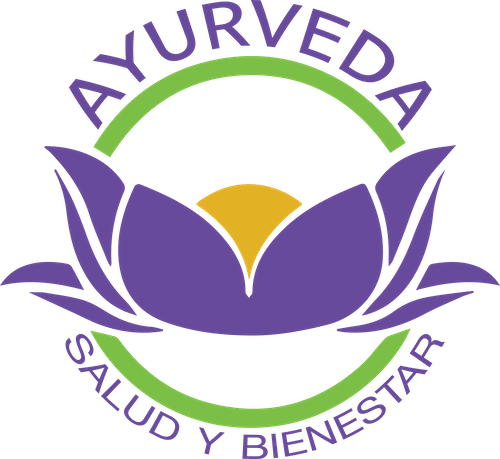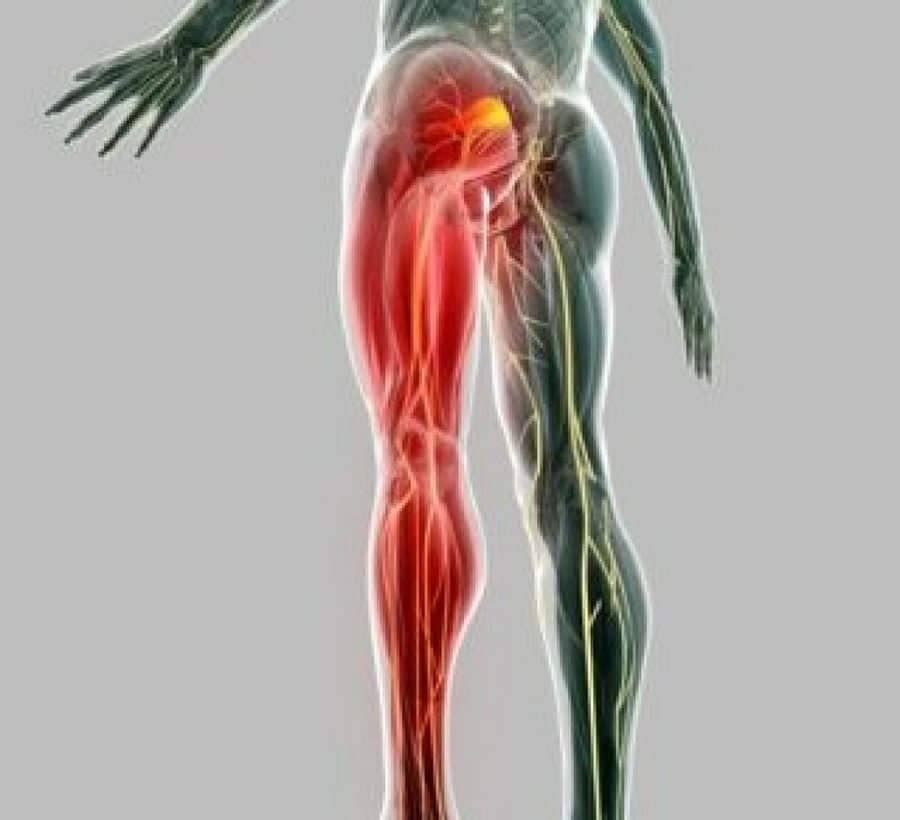Sciatica
Did you know…
Sciatic pain is pain in the path of the sciatic nerve. It is due to compression of the nerve roots in the lower back.
The causes of Sciatica are progressive, in other words, they accumulate over the years.
- Herniated disc
- Bone irregularities.
- There may also be nerve compression outside the spine, in the pelvis, or in the buttocks.
- Trauma
- Inflammation
- Osteoarthritis
- Pelvic injury or fracture
- Tumor
- Men between the ages of 30 and 50 are more likely to develop sciatica.
The main symptom is intense and sharp pain originating from the lumbar region and radiating to the gluteal area, continuing to the back and external part of the leg until it reaches the foot. In the same way it can produce:
- Mild tingling
- Dull pain
- Burning sensation
- In some cases, the pain is so severe that it is impossible for the person to move.
- Numbness or pain in the back of the calf.
- The affected leg may feel weak.
Pain can get worse:
- After standing for a long time.
- After sitting for a long time
- At certain times, either in the day or at night.
- By making sudden movements or turning the body to the left or right.
- By bending over or walking a few meters.
- Diagnosis.
Through a physical exam, it can be identified:
- Weakness in the affected leg.
- Difficulty bending the foot inward or downward
- Difficulty walking.
- Difficulty bending forward or back
- Loss of sensation in the affected leg.
- Pain when lifting the straight leg while on the exam table
- If the pain is very intense and persists for a long time, it is advisable to perform X-rays, MRI to rule out another possible cause.
Treatment:
To combat sciatica, alternative therapies are also recommended, which have shown greater effectiveness in alleviating this condition. Acupuncture, moxibustion and electrostimulation are the most effective therapies against pain produced by the sciatic nerve, in addition to therapeutic massages (Shiatsu) and Ayurvedic (Body Massage, Kadeevasti), which incorporate pressure improving the energy flow of the body and stretching exercises producing a therapeutic effect that leads to a decrease in pain.
Also, the application of hot or cold compresses is recommended, they help to significantly reduce pain in the affected leg and have better postural education.
Other aspects to take into account for a satisfactory recovery is to avoid lifting heavy objects, bed rest is not recommended as this can further aggravate the pain. It is essential to take care of your diet, weight loss, passive physical activity (breathing exercises or yoga for example).


